SparklieBug
Brilliant_Rock
- Joined
- Feb 23, 2013
- Messages
- 1,517
I've been rummaging about in CS, and looking for a guide to opals, and opal terminology. I adore the look of Australian black opals, and wonder what I should be looking for or is it just "go with what my eyes love"? Is there anything that makes certain opal more expensive than others? What makes good quality opal?



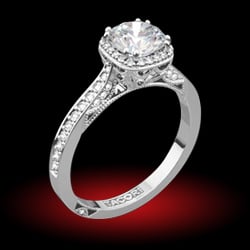
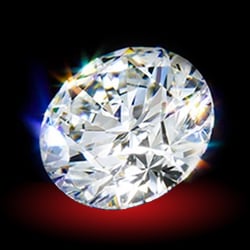




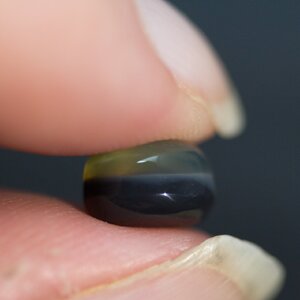

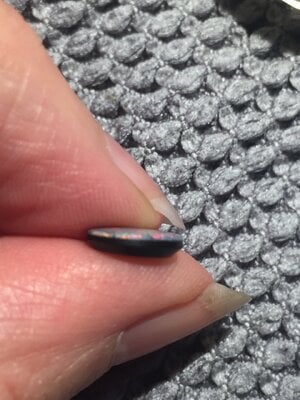
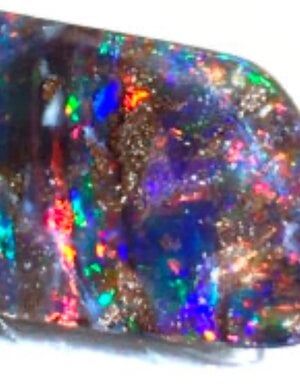


300x240.png)